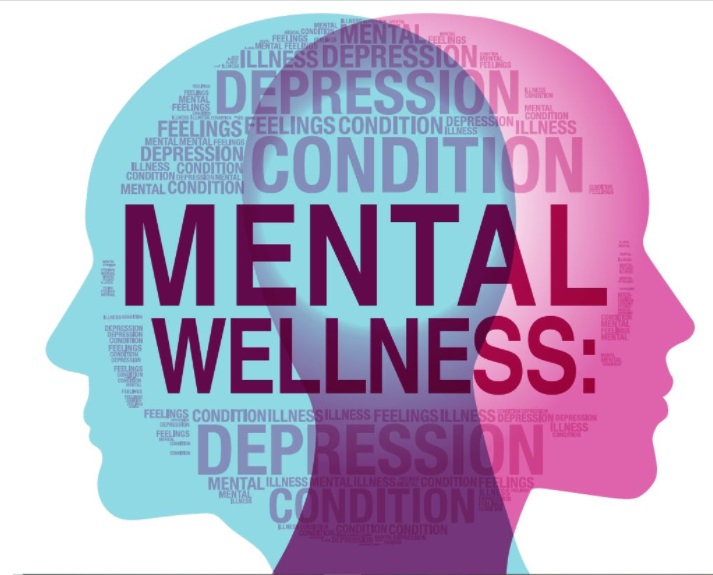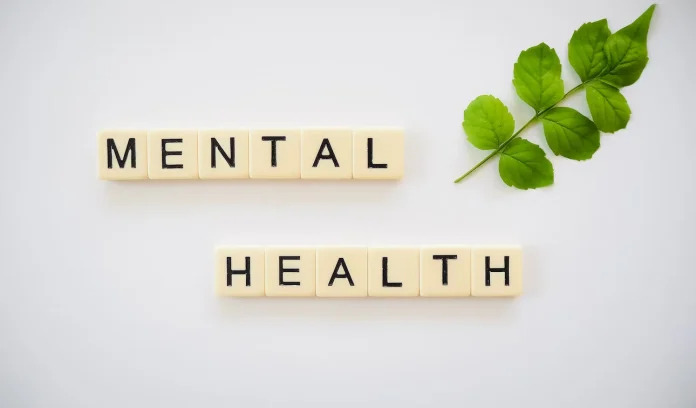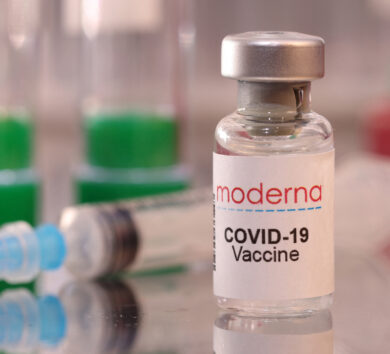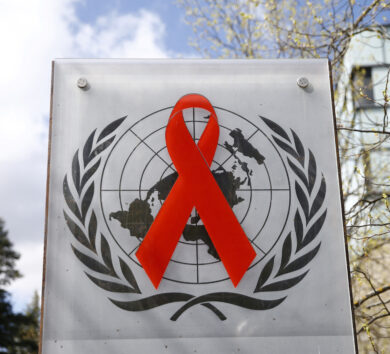

People at risk for mental health conditions struggle the most with body image, self-image and relationship problems
More than 6.3 million people worldwide in 2022 took a mental health screening using the Mental Health America (MHA) Online Screening Programme, a nearly 138 per cent increase from 2020 and a 19 per cent increase from 2021.
Rates of depression, anxiety, and suicidal thoughts remain at the high 2021 levels, and more people screened at risk for mental health conditions are struggling the most with body image or self-image and relationship problems.
The MHA has released this data in conjunction with the start of May as Mental Health Month in the United States (US). This year’s theme, ‘Look Around, Look Within’, and accompanying resources focus on environmental impacts on mental health, including safe and stable housing, an individual’s neighborhood and town, and nature and the outdoors.

“These findings reveal a significant unmet need for mental health resources, particularly for youth and BIPOC communities,” said Schroeder Stribling, president and CEO of Mental Health America.
Further analysis of domestic screeners reveals shifting concerns and disparities across multiple demographics. Among individuals who screened positive or moderate to severe for a mental health condition in 2022, 60 per cent reported body image or self-image as one of the top three contributors to their mental health concerns. However, the differences in the highest contributors to mental health concerns among the individual races and ethnicities reveal inequities in the experience of 2021-2022.
For example, American Indian or Alaska Native screeners were most likely to select abuse or violence (16 per cent) and grief or loss (20 per cent); Black or African American screeners were most likely to select relationship problems (54 per cent), financial problems (26 per cent) and basic needs (5 per cent), Asian screeners were most likely to select school or work problems (56 per cent); and 50 per cent of screeners who identified as more than one race were most likely to select loneliness or isolation.
Whether someone is coping with body image worries, feelings of sadness, or being distracted more easily, screening is an important first step to understanding and addressing mental health concerns.
Schroeder Stribling, president and CEO of Mental Health America
“We know that the earlier we reach people the better, as early intervention leads to better long-term outcomes for individuals and is essential to protecting the mental health of our nation. Whether someone is coping with body image worries, feelings of sadness, or being distracted more easily, screening is an important first step to understanding and addressing mental health concerns. As we launch Mental Health Month, the analyses from our National Prevention and Screening Programme provide a starting point for enacting equitable, effective, and compassionate policies and programmes,” Stribling said.
The MHA president also shared that another significant finding came from the addition of their attention-deficit/hyperactivity disorder (ADHD) screening in June 2022. Within six months of its addition, the ADHD screen surged in popularity, eclipsing both bipolar and anxiety in screens per month.
The data suggests that people are having a hard time staying on task as the world continues to adjust in the aftermath of the COVID-19 pandemic, with 84 per cent of domestic screeners scoring at risk of having ADHD. The top three symptoms screeners reported included: not being able to start a difficult task (85 per cent), not being able to stay focused on a boring or difficult task (82 per cent), and fidgeting or squirming after sitting down for a long time (80 per cent).

In addition, 65 per cent of ADHD screeners in the US are over age 18, which is slightly older than the general screening average. Despite this, ADHD screeners under 18 have the highest screening severity, with about 88 per cent of youth scoring at risk.
Since the onset of the pandemic in 2020, the MHA says it has witnessed a substantial increase in screens taken as more people are experiencing anxiety, depression, psychosis, loneliness, and other mental health concerns. Based on the online screening results, rates of moderate to severe anxiety began increasing in June 2020 and have remained above pre-COVID-19 levels through December 2022. Other statistics show that youth, Black, Indigenous, and people of colour (BIPOC), LGBTQIA+ populations continue to struggle with their mental health.
RELATED U-Matter mental health chatline surpasses 2,000 sessions
RELATED Why is your mental health important?
Send feedback to [email protected]







Comments